The most recent polls place Mamdani 14.7 points ahead of Cuomo, according to a RealClearPolitics poll average.
New York City’s mayoral race is entering its final stretch, with early voting now ended and residents among some five million registered voters set to cast their ballots on November 4 to choose the city’s next leader.
According to the New York City Board of Elections, 734,317 early votes have been cast over the past nine days – more than quadruple the total for the 2021 mayoral elections.
Recommended Stories
list of 3 itemsend of list
According to the latest RealClearPolitics average, Democratic nominee Zohran Mamdani leads with 45.8 percent, holding a 14.7-point advantage over independent Andrew Cuomo at 31.1 percent and a 28.5-point lead over Republican Curtis Sliwa at 17.3 percent.

Mamdani, a member of the Democratic Socialists of America (DSA), has energised liberal voters, drawn to his proposals for universal, free childcare, free buses, and a rent freeze for New Yorkers living in about one million rent-regulated apartments.
New York City holds mayoral elections every four years, with a two-term limit for any individual. The current mayor, Democrat Eric Adams, who has been in office since January 2022, withdrew his candidacy earlier in the year following several controversies, most notably his federal criminal indictment on bribery and conspiracy charges, which was ultimately dismissed by a judge in April.
This year’s contest is notable for its three-way dynamic, bringing progressive, establishment and conservative forces to face off in the country’s largest city.

How accurate are the polls?
The latest polls put Mamdani between three and 25 points ahead of Cuomo, according to a selection of polls from RealClearPolitics.
Every poll carries a degree of uncertainty. While pollsters aim to capture a representative sample and mirror the wider electorate, there are margins of error. As such, actual levels of support fall within a few points of reported figures, with each surveyor using differing wording in issues such as how to treat undecided voters.
Aggregating different results helps to reduce bias.
How does polling work?
Polling organisations, such as Emerson College, Marist College, and Quinnipiac University, regularly conduct public opinion surveys to gauge voter sentiment leading up to the primaries and general election.
Surveys use random sampling, including contacting voters by phone, text, or online, and ask respondents about their candidate preferences, key issues influencing their vote, and approval ratings.
Poll results include margins of error and sample sizes, which aid in interpreting accuracy and the fidelity of findings.
How the voting works
Unlike the primaries, which used ranked choice voting (RCV), the general election uses a first-past-the-post system, so whoever gets the most votes wins.
As of February, there were 5.1 million registered voters in New York City, of whom 65 percent were Democrats and 11 percent were Republicans. About 1.1 million voters were not registered with any party, and voter registration closed on October 25, one week before the November 4 election.
In the last New York City mayoral election, just more than 1.1 million voters cast ballots – about 21 percent of registered voters.
To be eligible to vote, residents of New York must:
- Be a citizen of the United States
- Have been a New York City resident for at least 30 days
- Be at least 18 years old (you may preregister at 16 or 17, but can’t vote until you’re 18)
- Not be in prison for a felony conviction
- Not have been judged mentally incompetent by a court
- Not be registered to vote elsewhere

When do polls open and close?
Polling stations will be open between 6am (11:00 GMT) and 9pm on November 4 (02:00 GMT on November 5).
Timings vary from location to location in the city, but polling stations open between 8am and 10am and close between 4pm and 9pm.
Early voting began on October 25 and ended on November 2.
A full list of polling stations open for early voting is available on the website of the New York City Board of Elections.
Source link


